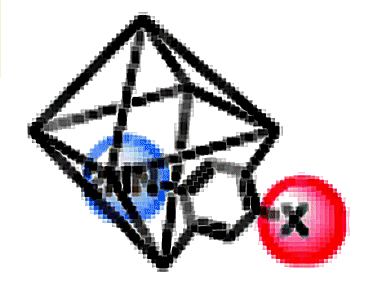The ability to utilize different organic ligands in metal–organic frameworks (MOFs) is particularly advantageous. It allows to introduce a wider variety of functional groups into the pores of the MOF compared to other porous, crystalline solids. Postsynthetic modification (PSM) has provided broader access to functional groups within MOFs. However, to truly achieve the next level of tailored, multi-purpose materials, control over the relative position of different functional groups would be required.
Seth M. Cohen and his team, University of California, San Diego, La Jolla, CA, USA, describe the first class of bifunctional
MOF “ligand regioisomers” and show that even these subtle changes can result in materials with dramatically different
physical properties.
They produced a series of bifunctional MOF regioisomers from amino-halo benzene dicarboxylate (NH2X-BDC) ligands. ZrIV– and ZnII-based MOFs were synthesized. For the flexbile ZnII-based MOFs, gas sorption properties were dependent on the ligand substitution pattern.
- Metal–Organic Framework Regioisomers Based on Bifunctional Ligands,
Min Kim, Jake A. Boissonnault, Phuong V. Dau, Seth M. Cohen,
Angew. Chem. Int. Ed. 2011, 50.
DOI: 10.1002/anie.201106429




